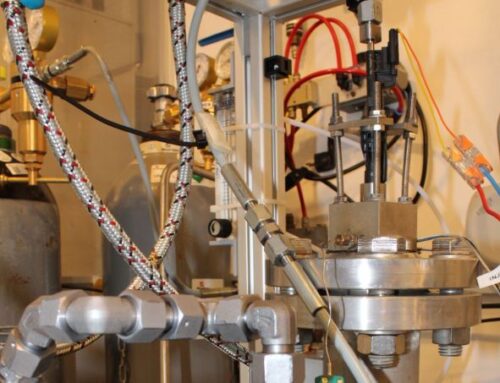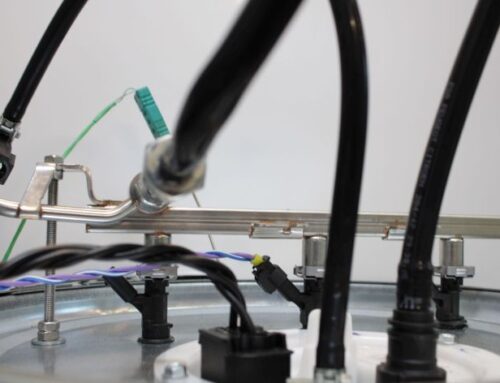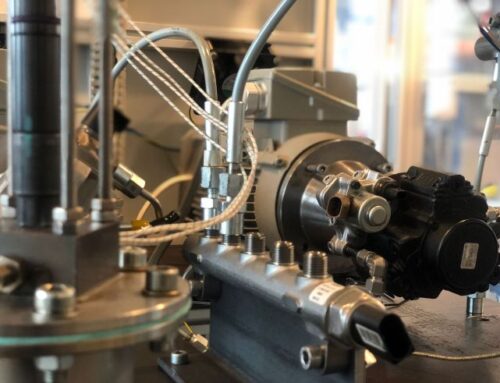28 September 2018 – The third meeting of the Fuels Joint Research Group (FJRG) on “Fuels for tomorrow’s mobility” took place on 20/21 September 2018 at the seminar center of the Physikalisch-Technische Bundesanstalt (PTB) in Braunschweig. The lectures covered a broad spectrum of current fuel-related questions and approaches.
Hardly any other sector is currently subject to such a flood of regulations as the transport sector. At the European level, the new version of the Renewable Energies Directive (RED II) also stipulates the reorientation of the funding policy guard rails and targets for the transport sector. The German government’s climate protection law stipulates a 40% reduction in greenhouse gas (GHG) emissions by 2030 compared with 1990 levels. If these targets are to be achieved, electric mobility alone is unlikely to be successful, as GHG emissions from electric mobility are scarcely lower due to the German electricity mix.
According to reliable forecasts, more than 70% of the vehicles coming in to the market in 2030 will still be powered by liquid or gaseous fuels, so fuel research will continue to receive a great deal of attention. The alternative use of climate-neutral fuels, such as those generated by PtX technology (Power-to-X; X denotes gas or a liquid), is only just beginning to be developed. Regenerative electrical energy from wind power or photovoltaics is converted into fuels via electrolysis and other technical processes. A large number of such fuels were presented and discussed at the conference, such as reFuels, Electrofuels, Octanol blends, Oxymethylene ethers (OME) and Methanol, to name but a few. By the time such fuels become available on a market-relevant scale, it is likely that the middle of the century will have been reached.
An essential prerequisite for the construction of large production plants for the production of CO2-neutral fuels is also long-term investment security. However, this is no longer the case due to the constantly changing legislation regarding first-generation biofuels. The quantities of regenerative electrical energy required for the production of PtX fuels cannot be produced in Germany alone. A significant proportion of the required regenerative liquid energy sources would have to be produced in windy and sunny regions of the world and imported to Germany and Europe. These could then either be finished fuels or, comparable to the import of crude oil, an “e-crude” that is further processed into fuels in German or European refineries.
Other presentations dealt with fuel properties and the sensor technology required to determine them, as well as more complex new measurement methods.
Finally, the organizers drew a very positive balance to the course of the conference, the presented contents and the detailed discussions. The next conference in this series will take place in Dresden in 2020.





